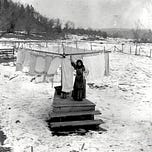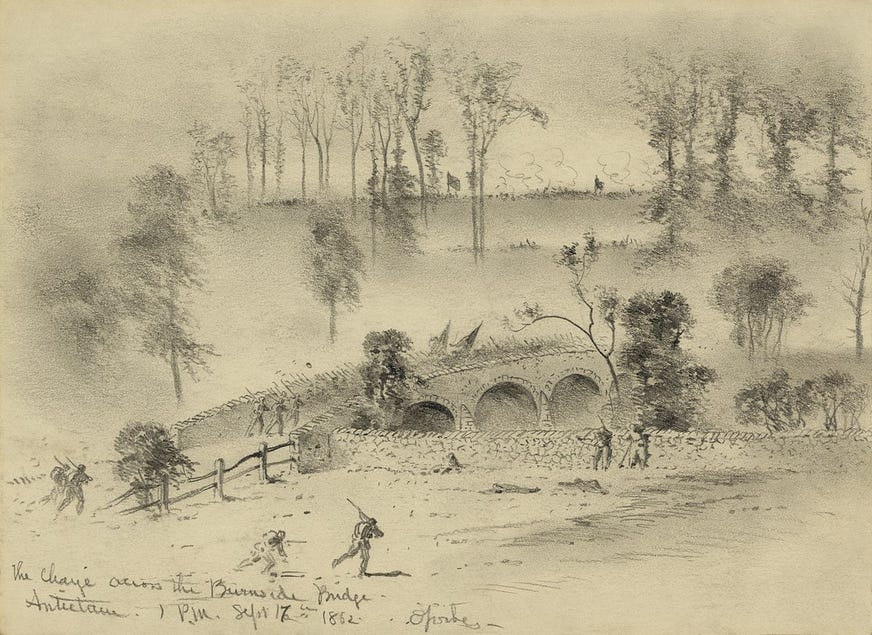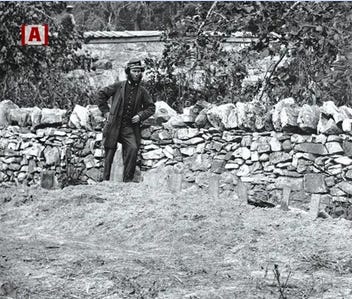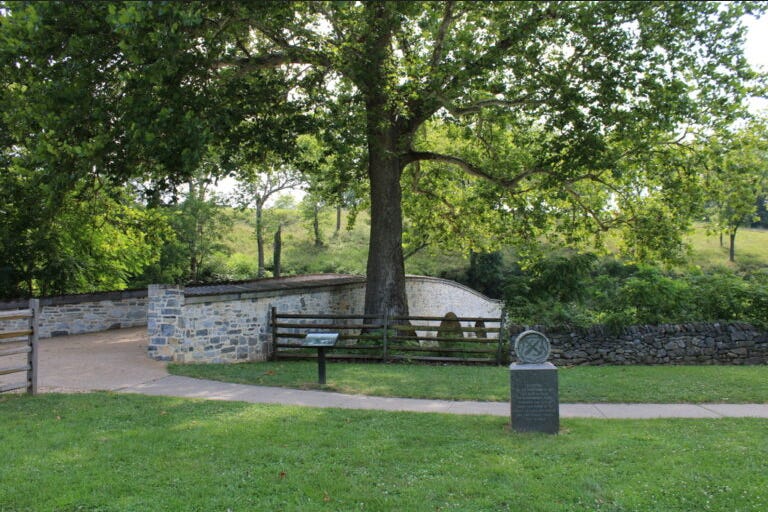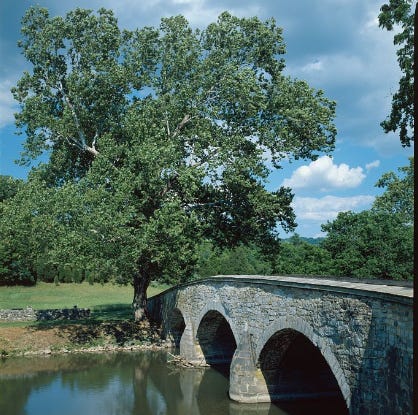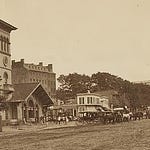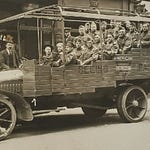The witness tree
By the end of the afternoon on September 17, 1862, six hundred twenty men from New York, Pennsylvania and Georgia lay dead or wounded at a stone bridge spanning the Antietam Creek in southern Maryland.
The carnage came as the men from New York and Pennsylvania mounted three attempts to cross the bridge as the men from Georgia, arrayed in fortified positions on the opposing hill, fired down upon them.
The fight went on for hours, until the men from Georgia, badly outnumbered, ran out of ammunition and withdrew.
It was a “great slaughter at regular intervals,” said a contemporaneous report.
In the days which followed, the dead from the bridge were buried in shallow temporary graves alongside the adjacent stone wall, their locations marked with planks torn from the sides of the bridge’s walls.
To see this bucolic place now is to disbelieve its history.
But there was a witness to it all.
As Union forces took their first steps across the bridge, a young sycamore tree, perhaps twenty years old, stood to their right.
And it remained standing throughout the volley for five hours that afternoon, offering cover to the fighter and shade to the dying.
And the young sycamore went on living.
The National Park Service has a program to identify ‘witness trees’ on grounds they manage.
They document their histories and provide the witness trees with special care.
And the young sycamore next to the bridge, now believed to be 180 years old, is among them.
For years, next-of-kin touched this tree to find a connection with those they had lost.
Now, people touch this tree and ask,
‘How did we, as a country, ever find ourselves engaged in a near-suicide?’
******************************
I’ll see you tomorrow.
— Brenda


